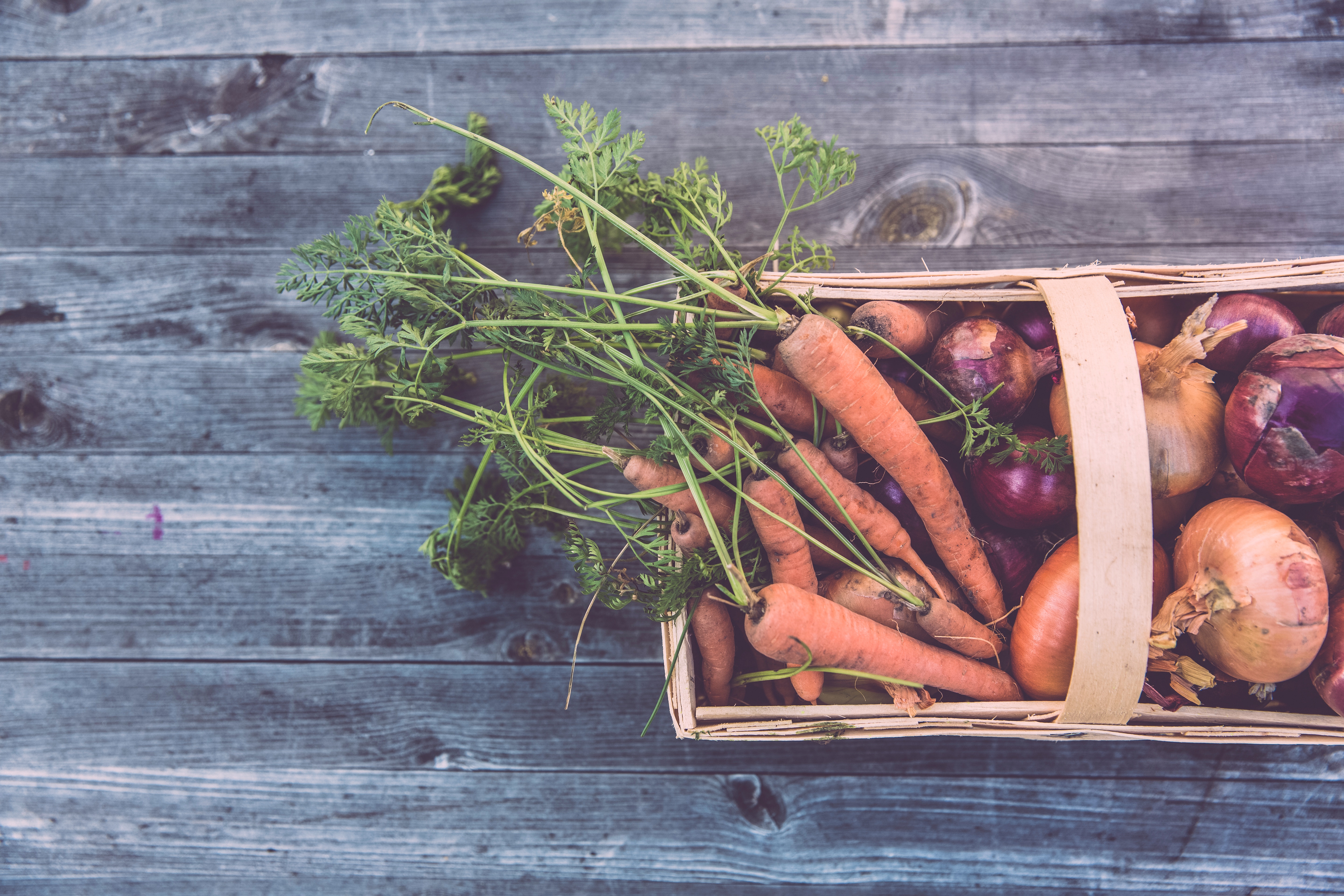Today 5th June is World Environment Day, which aims to encourage worldwide awareness and action for the protection of our environment. This years theme is ‘Beat Plastic Pollution’ and is designed to invite us to consider how we can make changes in our everyday lives to reduce the heavy burden plastic pollution has on the environment and also on our own health.
As a Nutritionist, in addition to cutting down on plastic in the kitchen as this is a huge source of our use of plastic day to day, I am passionate about sharing tips on how to eat a more sustainable way. This is incredibly important to turn our attention to as it is reported that one in 5 shopping bags end up in the bin and 35% of the average household bin is food waste!
Here are my tips on how to cut down on plastic and how to eat in a more sustainable way:
Cutting down on plastic and waste:
• Take re-useable bags to the shops or markets to put fruit/veg in and avoid purchasing fruit/veg that is wrapped in plastic – send a message to the shops that this is not necessary!
• Avoid plastic wrap – use glass jars/containers with a re-useable lid to store leftovers
• Buy in bulk at health food/bulk stores – take own glass jars or paper bags to fill up instead of purchasing food in plastic wrap
• Buy own reusable coffee cup and take to café instead of take-away containers
• Reusable beeswax wraps – washable and re-useable available in health food stores
• Storing fruit and veg – use SWAG bag, made from a non-toxic material and also makes produce last longer = less waste
How to eat in a more sustainable way:
Plan meals simplest way to cut down on food waste and only buy want you need – Don’t have to plan a week or month in advance – a few days at a time is a great way to do it
Buy in season – educate yourself on what’s in season, go to the markets and talk to farmers – Winter:
- Bananas, grapefruit, kiwi fruit, mandarins, naval oranges
- Broccoli, brussel sprouts, cauliflower, fennel, mushrooms, silverbeet, spinach, beetroot, kale, celery, sweet potato
- Ginger, dill, parsley, garlic, mint and rosemary
- Order a locally sourced organic fruit/veg box each week – great way to eat seasonally and not buy the same produce week in week out
Eat root to stem!
- Some examples: carrot tops and garnish soups or make into pesto
- Beet leaves and stems: use just like silverbeet
- Celery leaves: stir into soups, add to smoothies
- Cauliflower and broccoli stalks: add to stir-fry’s and soups
- Pumpkin skin – toss in oil, salt and spice and roast until crisp to make chips
- Cheese rind – add to stocks and soups for added flavour
Grow your own food where possible
- can grow vege in milk crates with a breathable sack – ability to move crates around yard to follow the sun
- grow herbs on kitchen bench – last much longer than store bought!
- community farms – go to classes on farming/gardening and connect with the community
Increase vegetarian meal options – methane emissions from cattle and sheep account for 10% of total greenhouse gas emissions
- Adopt Meat Free Monday in your household
- Replace meat in curries or stews for chickpeas or cannellini beans
- Swap bacon at breakfast for beans or lentil Bolognese on toast
- Make chickpea patties to have in salads or on wraps for lunch
- Lentil/bean soups are a great idea for this time of year OR making a lentil & roast veg lasagne, Bolognese sauce or chickpea moussaka
Using left-overs
- Left-over fruit
- Freeze and use in smoothies
- simmer in a saucepan with water, vanilla bean paste and a dash of honey to make a puree/compote
- blend with yoghurt and turn into ice-blocks
- make into chia jam – sweat down fruit with chia seeds in a saucepan and let cool and set
- Roast vegetables:
- mash and combine with cooked grains + eggs for quick fritters
- Use in salads with left-over meat
- Puree with cannellini beans and use as a dip/spread
- Use in an omelette or frittata mix
- Toss through cooked pasta and top with ricotta cheese for a plant-based meal
- Roasted chicken
- Shred roast chicken, toss with pasta and a yoghurt dressing
- Make a rice pilaf or risotto and top with left-over chicken
- Dice, combine with avocado and salsa and serve in lettuce cups
- Shred and add to soup or use to top soup with
- Use in a curry – make the curry sauce, add the shredded chicken and warm through
- Dice and use in a pie filling or pasta bake
Sustainable seafood
- Say no to: snapper, farmed prawns, deep sea perch, flake, hoki, cod and sea bream
- Ok choice: blue-eye cod, mahi mahi, tuna, atlantic salon, nile perch.
- Best choice: flat head (NSW & VIC), mackerel, king prawns, prawns, oysters and whiting
- Download the Sustainable Seafood app available from Australian Marine Conservation Society’s Sustainable Seafood Guide
